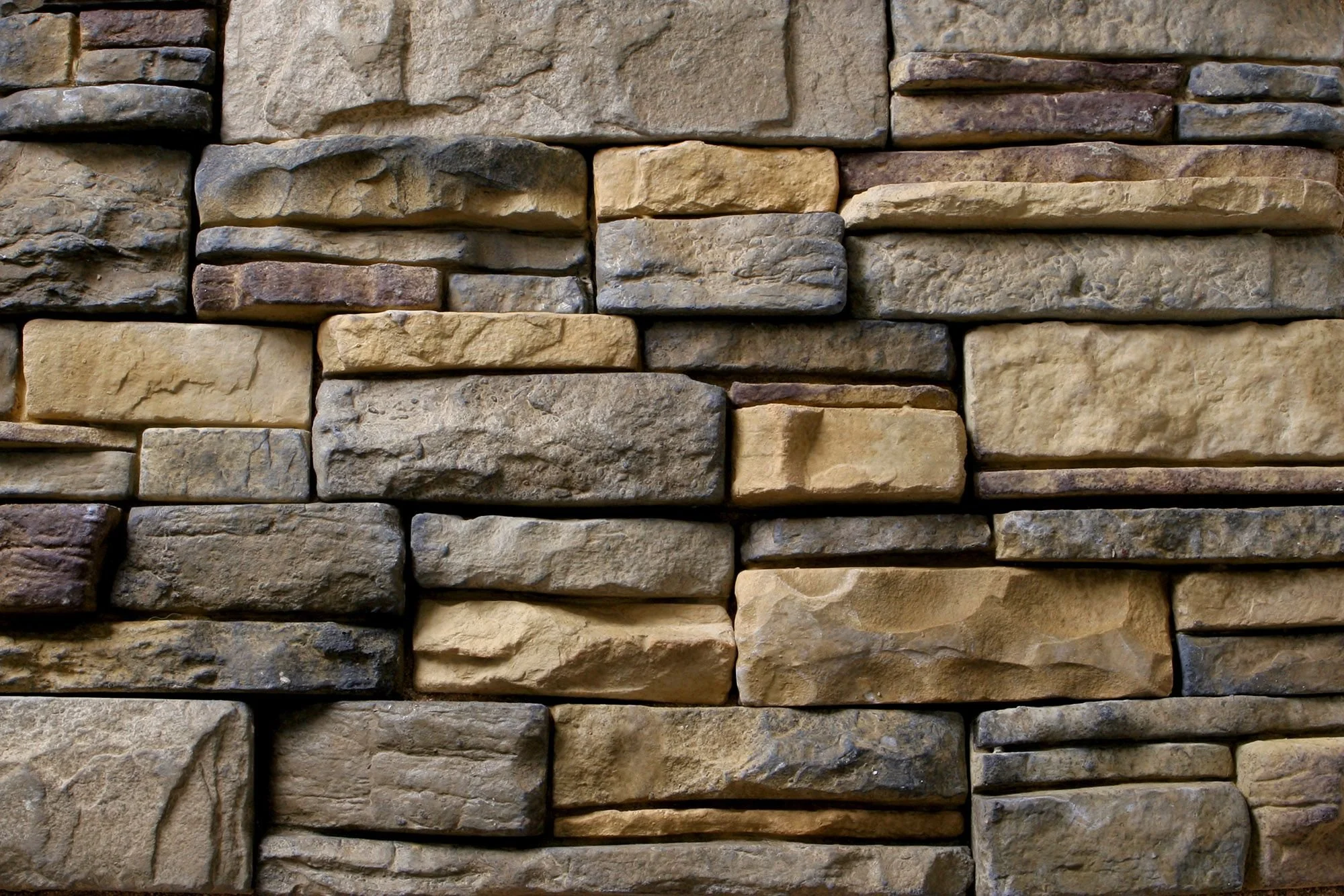Why Is My Home's Stone Fading? Natural vs. Engineered Stone Explained
How Colorado's Temperature Swings Can Damage Your Home's Stone
Many of us have seen what happens when a water bottle freezes—the ice expands and bulges, deforming the container. This same powerful principle is at work on your home’s stone exterior during Colorado's most volatile weather seasons.
Stone and its surrounding mortar are porous materials, meaning they naturally absorb and hold water. This becomes a significant issue in the spring and fall, when Colorado's temperatures can swing dramatically from a pleasant day to a freezing night.
During the day, moisture from rain or melting snow seeps into the masonry. If this moisture doesn't fully evaporate before the temperature plummets overnight, it freezes and expands. The force of this expansion within the material is powerful enough to initiate cracks and separate the stone from the mortar. When this freeze-thaw cycle repeats dozens of times each season, it becomes a relentless force of destruction, leading to visible damage and deterioration of your masonry.
Have you ever looked at the stone on your home and felt it has lost its original vibrancy? The answer might lie in what kind of "stone" it actually is.
There’s the stone you see in nature—timeless, rugged, and seeming to grow more beautiful with every year of weathering. Then there’s the stone siding on many modern homes. While it may look the same at first, it ages in a very different way.
This is because most stone siding is actually "engineered stone," a man-made veneer. It’s crafted from a concrete mixture poured into molds and finished with a carefully applied layer of color to replicate the look of natural rock. When first installed, it adds a wonderful, organic touch to a home. The challenge appears over time. The very forces of nature that polish and perfect real stone—sun and storms—take a toll on the veneer.
The thin layer of color can be faded by years of UV exposure. A hail storm can leave a trail of small chips along the edges. But instead of revealing more character, these chips expose the plain concrete mix underneath. This contrast between the colored surface and the gray interior can leave your home’s exterior looking damaged.
If you've noticed your home's stone façade doesn't look as rich as it once did, this is likely why. It's not just aging; it's revealing its manufactured nature. Our repair and restoration services can help you restore your stone back to its original beauty.
Chalky, White Efflorescence Issues
That white, chalky substance that has mysteriously appeared on your stone is a surprisingly common occurrence called efflorescence. While it might look alarming, it’s usually not a cause for panic.
Here’s what’s happening: Your stone and mortar are porous, and they contain natural, water-soluble salts. When moisture soaks into the stone—especially in damp areas like near garden beds or on retaining walls—it dissolves these salts. As the structure dries and the water evaporates into the air, the salt is left behind on the surface, creating that familiar powdery film.
The good news is that efflorescence itself rarely causes permanent damage to the stone. Think of it as a sign that water is moving through the material. A simple and effective solution is our Clean & Protect service. It’s designed to restore your stone’s original beauty.



